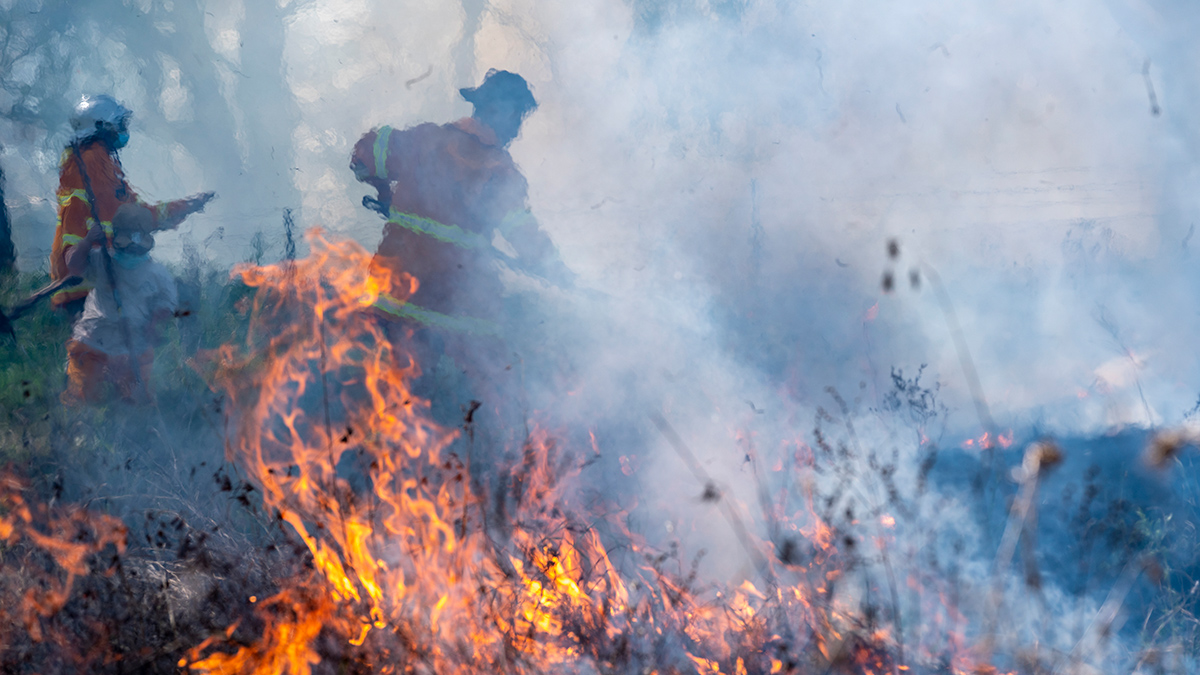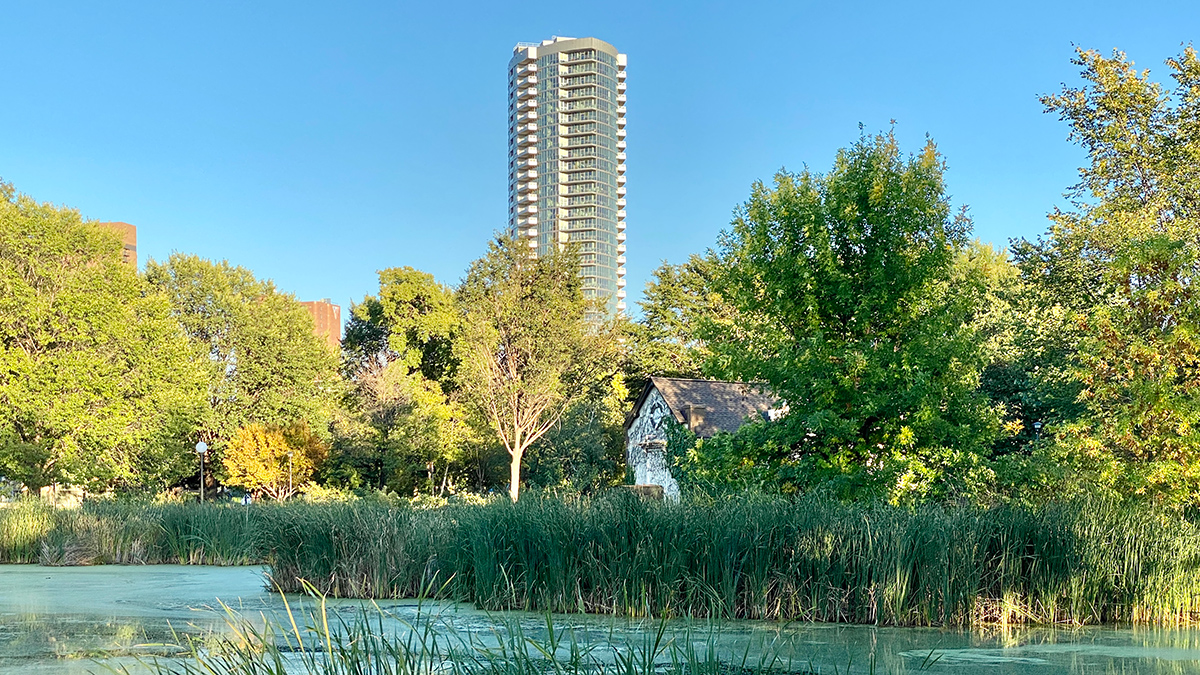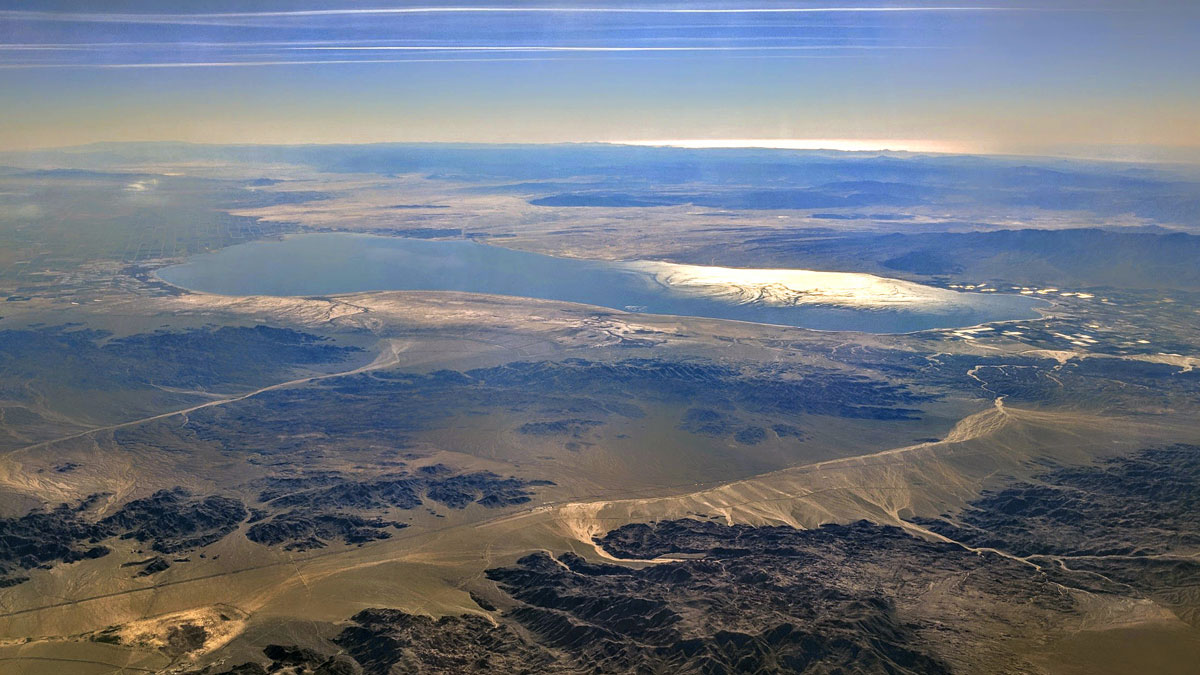Los métodos de geoingeniería, como la inyección de aerosoles estratosféricos, prometen limitar el calentamiento, pero entre los muchos riesgos y preocupaciones potenciales, sus repercusiones en la agricultura permanecen en gran medida inexploradas.
Health & Ecosystems
Europe Faces Increased Heat Mortality in Coming Decades
Extreme temperature caused by unchecked climate change could claim 2.3 million lives in Europe by 2100, a new study warns.
Soccer Players Risk Heat Stress in World Cup Stadiums
Rapidly traveling between climate zones, all with different average temperatures, humidities, and oxygen levels, will place additional stress on players, staff, and spectators.
¿Seis mil años de quema controlada arruinados?
Al alterar prácticas milenarias de gestión del fuego, la colonización creó una situación mortal en los bosques australianos, pero aún no se sabe hasta qué punto se extendió la “quema cultural”.
Confronting Debris Flow Hazards After Wildfire
Scientists and practitioners have identified research priorities to improve scientific understanding of postfire debris flows and meet decisionmaking challenges posed by this growing hazard.
Trees Can Cool Cities, But Only with a Little Help
To get the benefits of trees, city managers must give greenery what it needs to thrive, says new research.
Unregulated Industrial Contaminants Detected in Some U.S. Drinking Water
Communities of color are more likely to have higher levels of these contaminants in their drinking water.
Sensing Potential, Scientists Refine Thermal Imaging of Ecosystems
At a recent “bake-off,” researchers judged thermal infrared cameras and developed guidelines for their consistent use in studying vegetation temperatures, which illuminate vital ecosystem processes.
太阳辐射干预策略如何影响农业?
地球工程方法,如平流层气溶胶注入,有望抑制气候变暖,但存在许多潜在风险和担忧,其中它们对农业的影响在很大程度上仍未得到探索。
The Deleterious Dust of the Salton Sea
Coarse particulate matter deriving from California’s largest lake is linked to an increased risk of respiratory-related hospitalizations.










